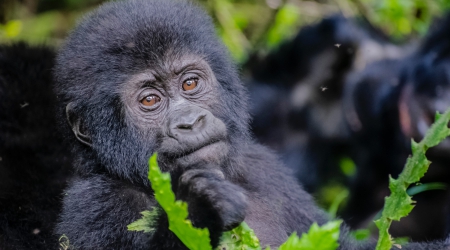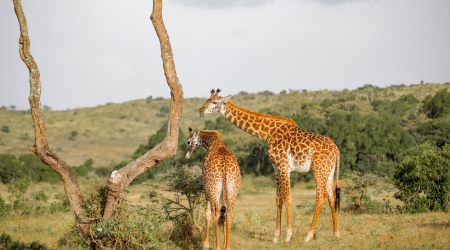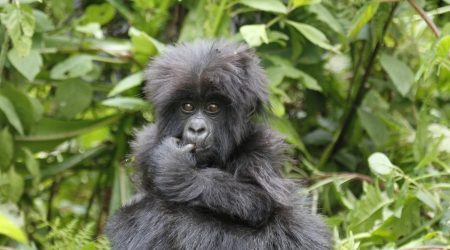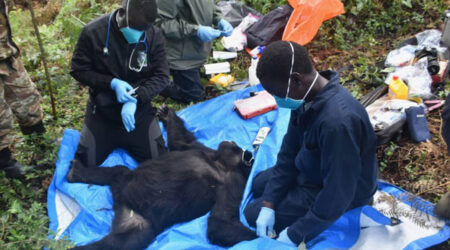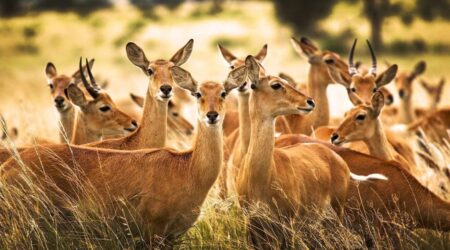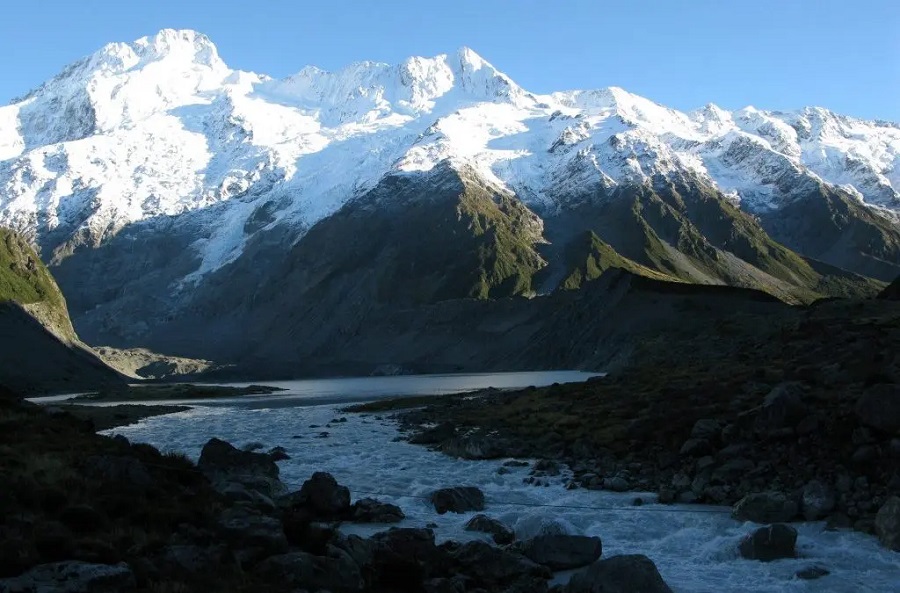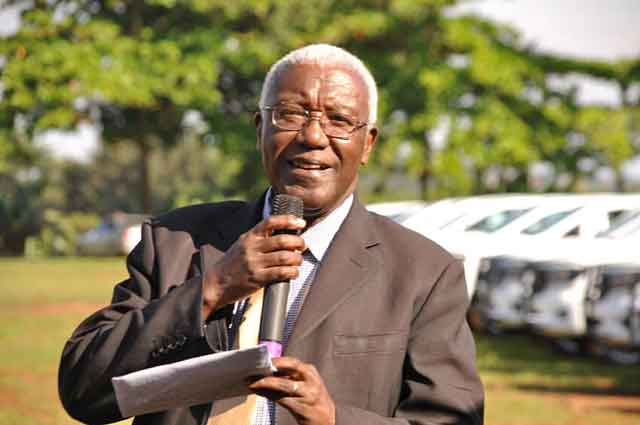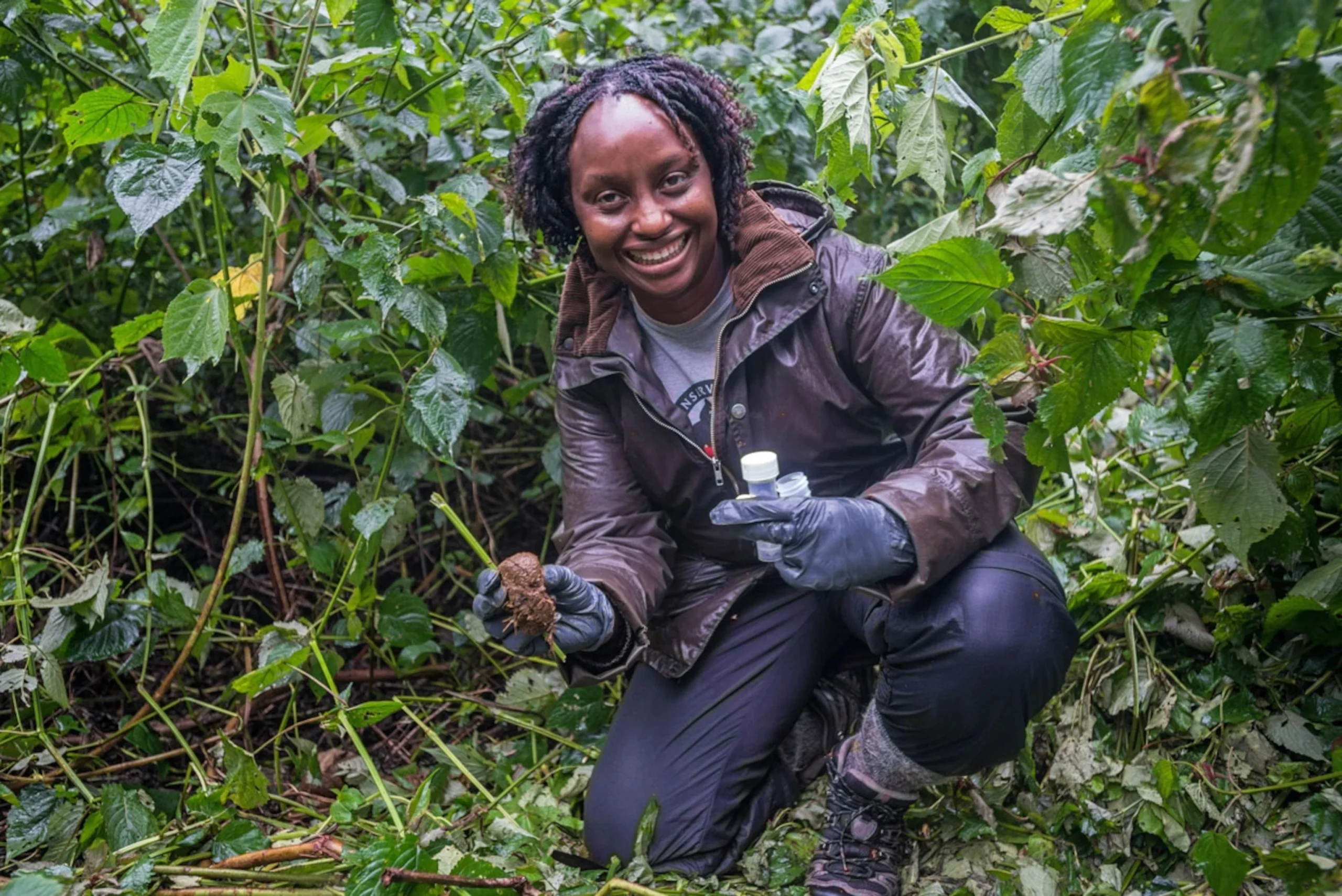Following Mt. Stanley of Rwenzori, which rises to a height of 5109m, Mount Elgon, at 4,321m above sea level, is the second-tallest mountain in Uganda.
As one of the ten new biosphere reserves in the world, the Mount Elgon conservation area has been given this distinction.
Mount Elgon, which is shared by Uganda and Kenya, is one of the 748 sites in 134 countries, including 23 transboundary sites, according to a UNESCO release.
According to the UNESCO Director-General, biosphere reserves serve as concrete evidence that humans can coexist with nature in harmony.
Since 1971, this community-led initiative has been successful in identifying a development paradigm in which people may live well and nature is valued. In a statement, Audrey Azoulay said, “I am thrilled that this year, 11 additional sites are joining this tremendous network, which is more relevant and essential than ever.
The International Coordinating Council of the Man and the Biosphere (MAB) program, the program’s governing body made up of 34 UNESCO Member States, decided to include Mount Elgon. It convened at the UNESCO headquarters from June 12 to 15.
Locals deal with biodiversity and its sustainable usage in the Biosphere Reserve. They are chosen by UNESCO after discussion with the host countries. The government must endorse the conservation conserving, wildlife species, ecosystems, and the environment before an area may be declared.
Since 2003, the Mount Elgon Biosphere Reserve in Kenya has unified its water tower operations with the creation of the Mount Elgon Transboundary Biosphere Reserve.
Additionally, the Ugandan Mount Elgon Biosphere Reserve provides a range of biological benefits while sustaining the region’s trees, animals, and commercial activity.
Over 300 bird species can be found in the Mount Elgon Biosphere Reserve, which also has an exceptional diversity of ecosystems, plant, and animal species. These species are distributed across four different ecological zones, each of which is characterized by a particular type of vegetation, such as mixed montane forest, bamboo, and low canopy forest, sub-alpine montane heath, or alpine moorland that changes in elevation.
There are numerous other species that contribute to biodiversity, such as rock and tree hyraxes, blue monkeys, elephants, buffalo, Defassa waterbucks, oribi, bushbucks, duiker, forest hogs, bush pigs, leopards, civet cats, spotted hyenas.
Mount Elgon National Park is home to a number of rodent species, including the endangered Lammergeier.
Two major tribes, the Bagishu, and the Sabiny, as well as two other minorities, the Benet and the Ndorobos, reside on Mount Elgon. These groups are distributed among the eight districts of Bukwo, Kapchorwa, and Kween for the Sabinys. At the same time, Bulambuli, Sironko, Mbale, Bududa, Ma Nafwa, and Namisindwa are home to the Bagishu or Bamasaba.
Nearly 1,150,000 people call the transboundary biosphere reserve home, evenly divided between Kenya and Uganda.
Mt. Elgon National Park and Queen Elizabeth National Park are Uganda’s biosphere reserves. Mt. Elgon and Queen Elizabeth were both recognized as Biosphere Reserves by UNESCO in 2005 and 1979, respectively. The Budongo Forest, Mabira, Timu Forest, Morungole, Kalinzu-Kasyoha-Kitomi, Bungoma, Sango Bay, Zoka, Kadam, Lake Mburo, and Lake Victoria Basin are just a few of the additional locations that have been suggested for nomination.
However, aside from the aforementioned biosphere reserves, Uganda only has three UNESCO World Heritage Sites, of which two are national parks: Rwenzori National Park, Bwindi Impenetrable National Park, and Kasubi Royal Tombs.
Numerous indigenous groups and local communities, like the Sabaot, Luhya, Teso, and Bagisu, call this region home. These groups mostly rely on agriculture for both their subsistence and their means of subsistence.
Communities rely on foraging for items from the forest, including salt for their cattle, thatching grass, fuel, fodder, medicinal herbs, veggies, bamboo shoots, stakes, and mushrooms. To gain community support for ecosystem protection, a number of community conservation initiatives and programs have been undertaken.
Each biosphere reserve supports creative local solutions that improve people’s quality of life while protecting biodiversity, preserving ecosystems, and combating climate change. Examples of these solutions include the growth of agroecology, renewable energy sources, and green industries.
Alongside Mount Elgon, there are several other reserves that are elevated, such as the Drömling Biosphere Reserve in Germany, the Tribugá-Cupica-Baudó Biosphere Reserve in Columbia, the Korup Rainforest Biosphere Reserve in Cameroon, and the Biosphere Reserve in the Central African Republic and others.







